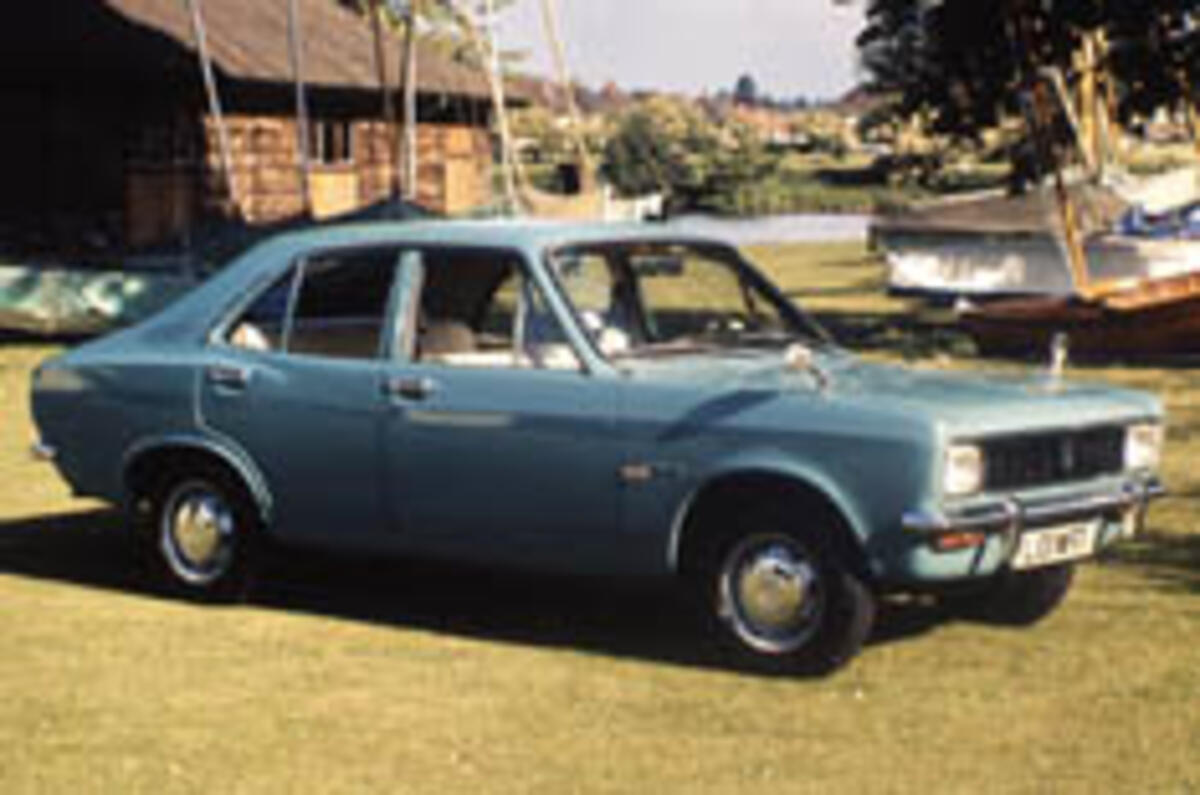So another British car factory is to close. Peugeot’s Ryton plant will be joining Jaguar’s Browns Lane plant and MG Rover’s Longbridge factory (unless Nanjing succeeds with its bold promise of restarting production there next year) as names in the automotive history book.
It’s a disaster for the workforce, and bad news for Coventry, which has lost its last car plant following Browns Lane’s recent closure. Couple this to Longbridge’s shut-down, and you can see that the West Midlands once a powerhouse of the global motor industry, is a fast-shrinking force. Only Land-Rover’s, Jaguar’s and Aston Martin’s factories remain.
Yet it’s surprising that Ryton has survived as long as this. The factory’s heyday was in the 1950s, when the Rootes Group was producing Hillmans, Humbers and Sunbeams at the plant. For a brief period, in the late ‘40s, the Hillman Minx was the number one imported car in the US. It lost that title when customers discovered patchy quality, poor back-up and the ultra-dependable VW Beetle.
But Ryton flourished through the ‘50s with Britain’s major export drive – Rootes Group cars could be found in some of the most far-flung corners of the globe – and domestic buyers’ liking for the Hillman Minx and slightly pretentious badge-engineered saloons like the Singer Gazelle and the Sunbeam Rapier.
But the last car to have been developed at Rootes’ Whitley engineering centre – now owned by Jaguar – was the 1970 Hillman Avenger. By then the Rootes group had become part of a Chrysler Europe – the Americans bought the group in 1967 – that would also include France’s Simca.
Hillmans, Humbers, Singers and Sunbeams began to disappear, though not before the UK government stepped in during 1975 with a rescue package for the loss-making UK arm. That money produced the Chrysler Sunbeam hatchback – essentially a cut-down Avenger – and some notably ropey facelifts for the Hunter and the Avenger itself, as well as the money to put the front-drive Chrysler Alpine (actually a Simca) into production in 1975, and shortly after that the Talbot Horizon, both Car of the Year winners.
Talbot replaced Chrysler because the Americans sold out to Peugeot, which rebranded this motley range of Hillmans and Simcas Talbot, though that brand too would disappear by the late ‘80s following the launch of the Samba (a badge-engineered Peugeot 104) and the disastrous Tagora executive saloon. In 1985 Ryton began building the Peugeot 309 – the first time a Peugeot had been manufactured in the UK – to replace the Horizon and not long after that the 405 was introduced too. The 306 and the 206 followed.





Add your comment